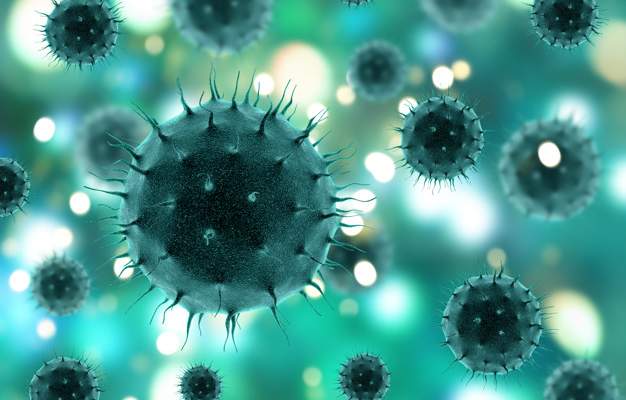Although the World Health Organization, WHO has not yet declared the international health emergency, scientists have set to work in the search for the origin of the Chinese nCoV Coronavirus.
What is a coronavirus?
Wuhan coronavirus, also called new coronavirus (2019-nCoV), or coronavirus from the Wuhan seafood market (in Chinese 2019 新型 冠狀 病毒 or 又名 武汉 冠状 病毒), is a virus that belongs to the RNA coronavirus family single chain positive. It can cause acute respiratory disease and severe pneumonia in humans. It was first detected in December 2019. Its genetic sequence has been isolated from a sample obtained from a patient affected by pneumonia in the city of Wuhan (China) .3 4 5 6 7 8 No The exact mechanism of transmission is known, but it is believed that contagion from one person to another can occur through saliva droplets expelled through a cough and sneeze. There is currently no specific officially approved treatment, but existing antivirals can be used
How is it spread from human to human?
The contagion can happen when shaking hands with a person who has been exposed and he touches his face for feeling bad, hence the virus passes from hand to hand, in addition to the secretions of people when sneezing.
It is recommended that in areas where cases are already known, do not visit sites where large numbers of people gather.
Where did the nCoV coronavirus originate?
The predecessor to this coronavirus is SARS, the highly acute acute respiratory syndrome (SRAS), also known by its acronym SARS (severe acute respiratory syndrome), is an atypical pneumonia that first appeared in November 2002 in the province of Canton, China
Both share many of its characteristics, in the case of SARS its origin was in wild animals that were commercialized in the Chinese markets illegally, possibly and there is great suspicion about it, the origin is the bat or the civet, and perhaps Both these animals are sold in these markets.
Precautionary measures
The preventive measures recommended by WHO are the following:
Avoid possible direct contact with people who have acute respiratory infections in areas where the virus circulates.
Wash your hands frequently, especially after contact with a sick person or their environment.
Avoid contact with wild animals that could act as transmitters.
Request medical attention if you travel to regions where the virus exists and show signs of acute respiratory infection.
People with acute respiratory infection of potentially affected areas should cover their mouth and nose when they sneeze or cough, wash their hands frequently and avoid direct contact with other people.
